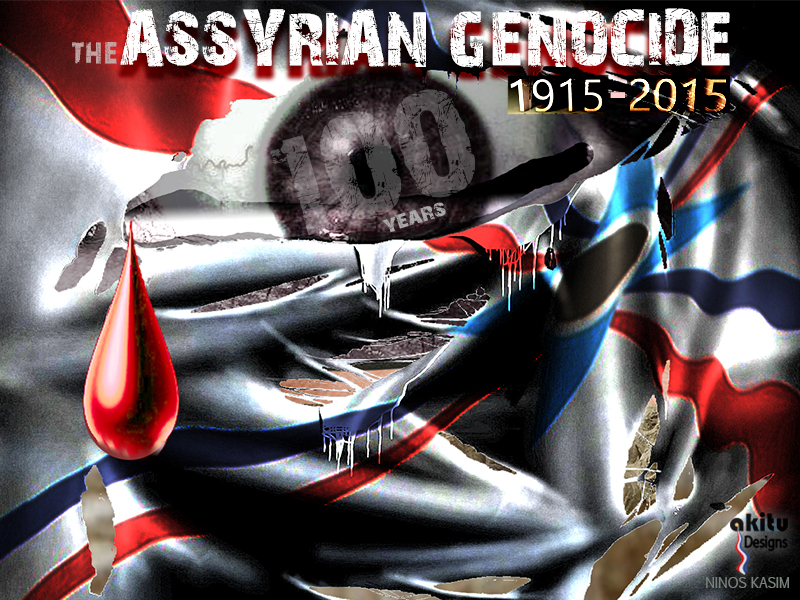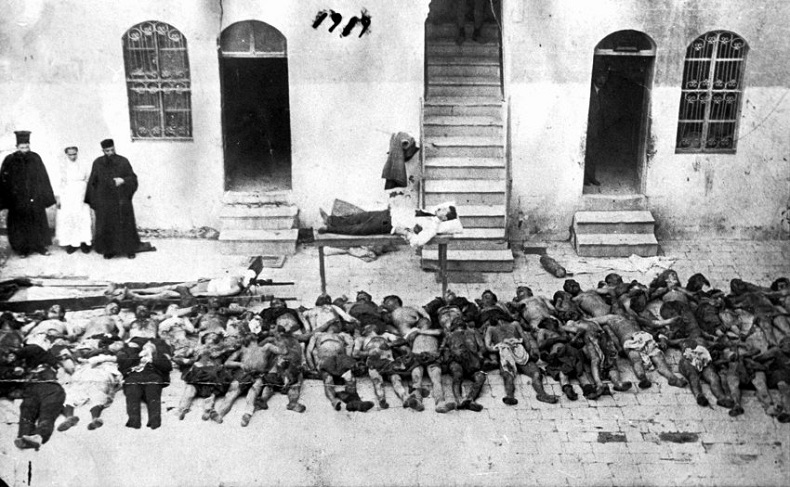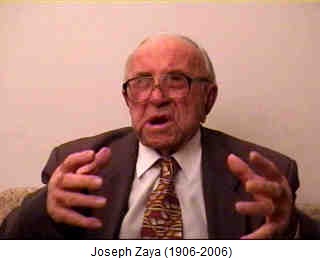100 Years of Turkish Genocide



21/4/15
(AINA) — On April 24, 1915 the Turkish genocide of Assyrians, Greeks and Armenians began very simply, without pomp and circumstance. “We have made a clean sweep of the Armenians and Assyrians of Azerbaijan.” Those were the words of Djevdet Bey, the governor of Van Province in Ottoman Turkey, who on April 24, 1915 lead 20,000 Turkish soldiers and 10,000 Kurdish irregulars in the opening act of the genocide of Assyrians, Armenians and Pontic Greeks. In three short years, 750,000 Assyrians (75%) would be killed, 1.5 million Armenians and 500,000 Greeks.
On April 24 Assyrians, Greeks and Armenians will commemorate the 100th anniversary of the genocide with vigils, church services, lectures, demonstrations and personal reflection.
Much progress in recognizing the genocide has been made throughout the world since 1915:
- Czech Parliament Panel Passes Genocide Centenary Resolution
- European Parliament Votes to Recognize Armenian, Assyrian, Greek Genocide
- Dutch Parliament Recognizes Assyrian, Greek and Armenian Genocide
- Pope Francis Recognizes Armenian, Assyrian, Greek Genocide
- Armenian Government Recognizes Turkish Genocide of Assyrians and Greeks
- Sweden Recognizes Assyrian, Greek and Armenian Genocide
- International Genocide Scholars Association Officially Recognizes Assyrian, Greek Genocides
But recognition for the genocide by the most important country has not been made. Turkey has not only denied the genocide, but has actively worked to block its recognition throughout the world. In February, 2013 the Turkish EU minister Egemen Bagis compared the Assyrian genocide with the act of masturbation (AINA 2013-02-26).
That the genocide occurred is beyond dispute. The evidence comes from multiple sources. The genocide was recorded by Arnold Toynbee, famed British historian, as well as countless American and German missionaries. Toynbee’s document runs for more than 600 pages and is entitled, “Arnold Toynbee Papers and Documents on the Treatment of Armenians and Assyrian Christians by the Turks, 1915-1916, in the Ottoman Empire and North-West Persia.” The national archives of the British, French and American states contain a large collection of documents related to the genocide. The Diplomatic French archives, for example, included 45 volumes on the Assyrian question from 1915 to 1940.
There is also the testimony of thousands of Assyrian, Greek and Armenian survivors.
Joseph Zaya (1906-2006) survived the genocide. He was born in a village in the Hakkary mountains (presently South-Eastern Turkey). The Ottoman Empire was something he lived in until the age of nine, when, in the face of genocide, he and his family was forced to flee. He remembered it vividly: long marches, hunger, starvation, butchery, impalement, burning.
“I lost my brother and his wife and four kids right in front of my eyes. Three Kurds and two Turks dragged my brother out and cut off his arms, right in front of me and his wife and kids. They then proceeded to rape his wife and eleven year old daughter, all the while looking at him and taunting him. After which they shot all of them. But they spared me. I don’t know why.”
“During our escape through the mountains,” he continued, “I remember the bodies strewn on both sides of the path. Most women and children were crying but would not dare stop to care for the sick and dead because they knew the Turkish and Kurdish armies were behind them. I remember a child on the side of the road suckling on his already dead mother who had died with her arms around him. That image has haunted me all my life. This is something that we Assyrians should never forget, and the world should not forget it, either.”
No objective inquisitor can deny this horrific genocide occurred, the first of the twentieth century. Yet Turkey’s official policy, which it pursues zealously, is to do exactly that. For Turkey, the genocide did not occur, what occurred was “civil strife.” Turkey even goes as far as claim the Armenians mounted an insurrection and hence it was war and they were only casualties of war. This is not true, but even if it were, how would that explain the massacres of Assyrians and Greeks? They never rose against the Ottoman state. They remained loyal subjects until at last they realized their fate, and only then started literally defending their lives.
One hundred years later, most of the world has come to accept that genocide was perpetrated by the Ottoman Turks. Even the Kurds, who did most of the actual killing during the genocide, have admitted it. On April 23, 1995 the Parliament of Kurdistan in Exile issued a statement saying “Let history note that we at the Parliament of Kurdistan in Exile share the pain of the survivors and their relations. We unequivocally denounce the act and condemn the perpetrators of this inhumanity, the Ottomans and their collaborators of the Kurdish auxiliary forces. We urge you all to do the same” (AINA 4-23-1995).
But Turkey still refuses to come to terms with its past. In November of 2000, an Assyrian priest from St. Mary’s Syrian Orthodox Church in Diyarbakir, Turkey was arrested for affirming the Assyrian genocide of 1915. Fr. Yusuf was interviewed by reporters from the Turkish newspaper Hurriyet during deliberations in the U.S. Congress regarding HR 596, the Armenian Genocide Resolution. The reporters apparently had hoped to quote a Christian priest denying the validity of the Assyrian-Armenian-Greek Holocaust of 1915, but instead were angrily surprised by Fr. Yusuf’s defiant affirmation. Fr. Yusuf’s defiance has itself surprised those who have described him as an otherwise gentle and amicable man of faith. Following the interview, the Hurriyet reporters printed an inflammatory article with a photograph of Fr. Yusuf holding a cross under the headline “A Traitor Amongst Us” (AINA 11-23-2000).
For Assyrians, Greeks and Armenians, the genocide has not ended, it cannot end so long as Turkey denies the genocide. The psychological wounds cannot be healed if the crime is not acknowledged by the perpetrator.
The genocide did not end in 1918, it continues to this day. It has been 100 years of genocide.
© Assyrian International News Agency.

151717 30351Interested in start up a online business on line denotes revealing your service also providers not only to humans within your town, nevertheless , to numerous future prospects which are cyberspace on many occasions. pays daily 881856